
UDK: 616-097+578.1
S.D. Bruyakin, D.A. Makarevich
ГНУ «Институт биоорганической химии НАН Беларуси», Минск, Беларусь
In early December 2019, the first cases of pneumonia of unknown origin were detected in Wuhan City, Hubei Province, China. High throughput sequencing has identified a novel beta coronavirus, currently called the 2019 novel coronavirus (SARS-CoV-2). Hyperinflammation in coronavirus infection (COVID-19) cause cytopenia, coagulopathy, tissue damage, liver dysfunction and macrophage activation, and also has signs of reactive hemophagocytic lymphohistiocytosis. Overproduction of inflammatory cytokines can cause organ dysfunction and ultimately death. These symptoms and associated laboratory parameters strongly resemble toxic shock syndrome, an increase in the cytotoxic adaptive immune response, when pathogenic superantigens bind to MHCII molecules and T-cell receptors (TCR). The article examines structural proteins of the coronavirus, which are involved in the develop-ment of such a response of the human immune system, discloses the molecular organization and antigenic properties of SARS-CoV-2 proteins. The role of structural molecules in the pathogenesis of coronavirus infection, as well as the possibility of their use as components of vaccines and promising ligands for efferent methods of treating this pathology, is described.
COVID-19, SARS-CoV-2, S1-protein, antigen, superantigen, virus structure, pathogenesis of coronavirus infection.
Макаревич Денис Александрович – к. б. н., ведущий научный сотрудник, государственное научное учреждение «Институт биоорганической химии» Национальной академии наук Беларуси, г. Минск, e-mail: demkarevich@yandex.ru